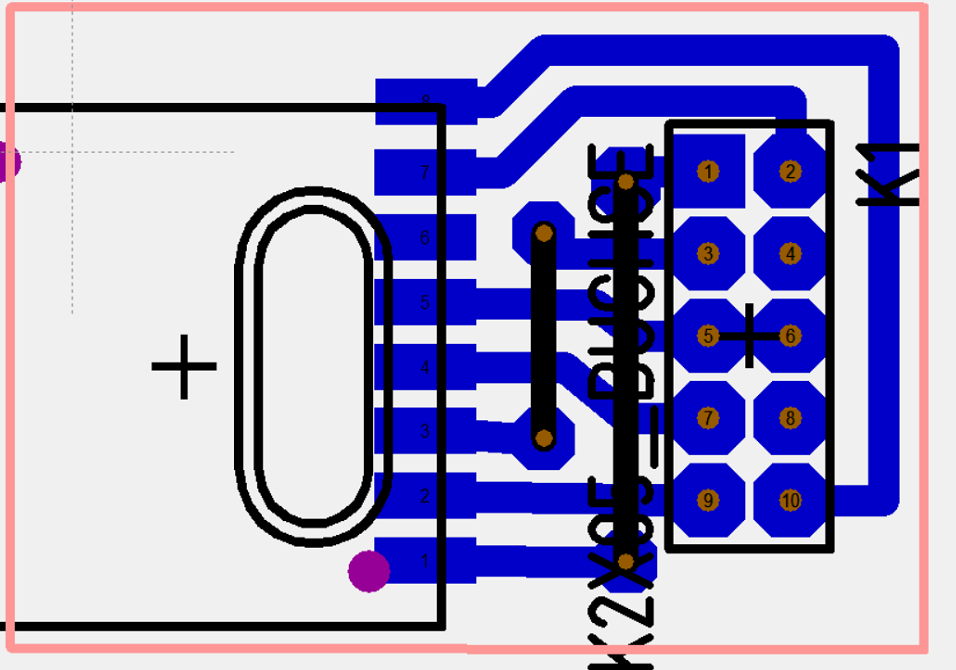
If that AP dies, is disabled, or stops beaconing, then the signal level from the second strongest AP (called “Secondary” coverage) may be weak (or even zero), not providing the level of service that you expect for your client devices. 25dB) to every “square foot” (also, “square meter”) of the facility from one AP. When designing for Primary coverage only (where overlap is incidental), the goal is to provide the desired RSSI (e.g. It is not a separate thing from Primary coverage.

“Secondary” coverage is simply a reference to the intensity of coverage you’re providing – a measure of how much signal overlaps, at what RSSI, in a given area. The goal of this blog is to quickly and visually explain the difference between the two. The areas in grey on the coverage maps have deficient coverage.For those of you who have attended an Ekahau ECSE course or my CWNA course, you will remember the discussions of “Primary” and “Secondary” RF coverage when using predictive modeling software to design your Wi-Fi infrastructure. The example in Figure 8 shows blue, green, and yellow areas in the map have signal coverage at -67 dBm or better. You can adjust the color-coded signal gauge to your minimum-allowed signal level to view areas where there are sufficient and insufficient coverage. The first step in the analysis of a post site survey is to verify the ‘Signal Coverage’.

The minimum recommended wireless signal strength for voice applications is -67 dBm and the minimum SNR is 25 dB. To accommodate the requirement to support wireless Voice over IP (VoIP), refer to the RF guidelines specified in the Cisco 7925G Wireless IP Phone Deployment Guide. The signal strength required for good coverage varies dependent on the specific type of client devices and applications on the network. The edge of the coverage for an AP is based on the signal strength and SNR measured as the client device moves away from the AP. Coverage defines the ability of wireless clients to connect to a wireless AP with a signal strength and quality high enough to overcome the effects of RF interference.


 0 kommentar(er)
0 kommentar(er)
